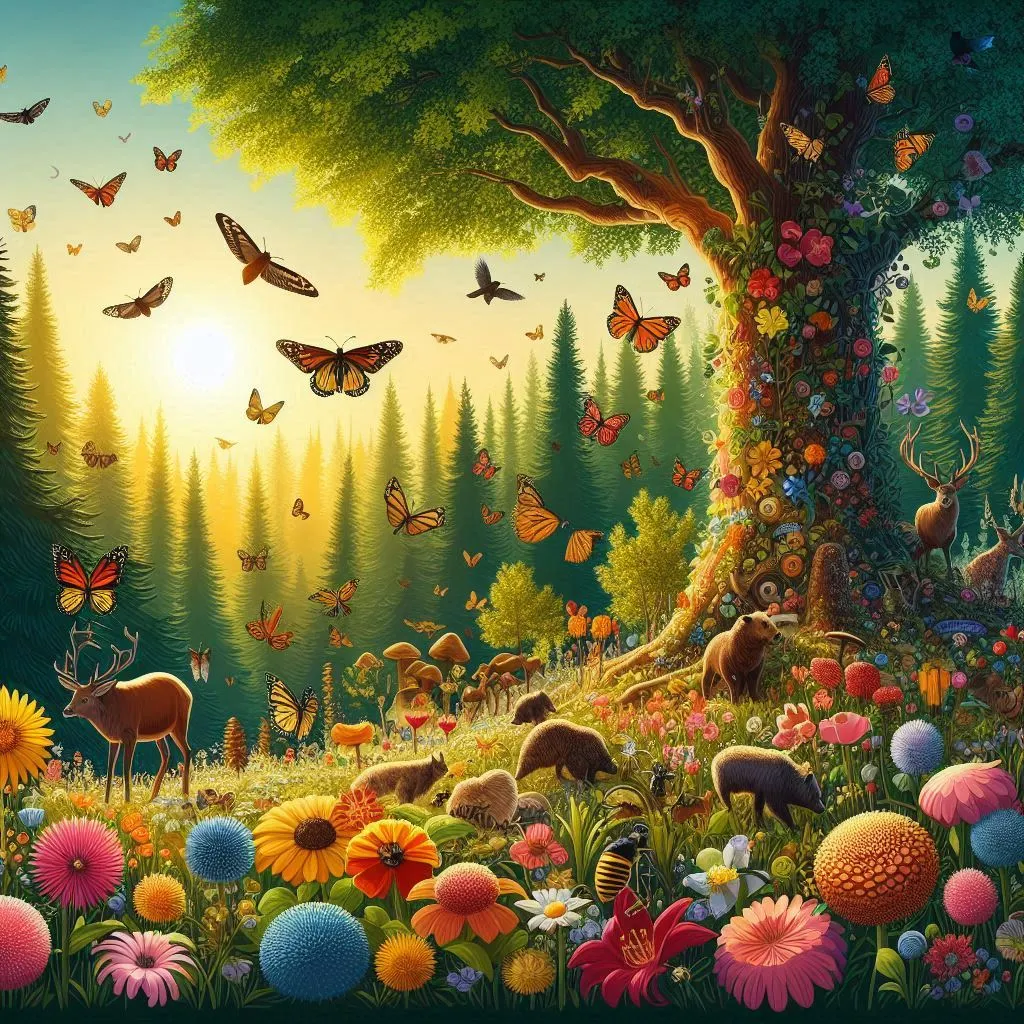A Life on Our Planet: Embracing Our Role in Nature
Have you ever stood in a forest, feeling the crunch of leaves beneath your feet, and wondered about the stories that each tree could tell? The intricacies of life on Earth are woven together, and understanding our connection to nature is crucial as we face environmental challenges.
In this article, we’ll explore what it means to live on our planet, how our choices impact it, and what we can do to foster a sustainable future.

Understanding Our Place in Nature
Life on our planet is a delicate balance. Every organism, from the smallest microbe to the tallest tree, plays a role in sustaining our ecosystems. In fact, scientists estimate that there are around 8.7 million species of plants and animals on Earth, many of which are still undiscovered.
The Web of Life
This interconnectedness is often referred to as the “web of life.” Every species contributes to the health of our planet. For instance, bees pollinate over 75% of the world’s flowering plants, which in turn provide food and oxygen for us. The decline of bee populations could have dire consequences for our food supply.
Fact #1: The loss of biodiversity could lead to a decrease in ecosystem services worth approximately $500 billion annually.
Impact of Human Activity
Our actions have a profound effect on the planet. Deforestation, pollution, and climate change are just a few consequences of human behavior that threaten the delicate balance of nature.
Deforestation: The Silent Killer
Every year, about 10 million hectares of forests are lost, primarily due to agricultural expansion. This loss not only contributes to climate change but also destroys habitats and accelerates species extinction. A single tree can absorb approximately 48 pounds of carbon dioxide annually, highlighting the importance of preserving our forests.
Climate Change: A Global Challenge
Climate change is another pressing issue. Rising temperatures affect weather patterns, disrupt ecosystems, and threaten wildlife. According to the Intergovernmental Panel on Climate Change (IPCC), we have only until 2030 to limit global warming to 1.5 degrees Celsius, or we may face irreversible damage.
Fact #2: As of October 2023, the world has already warmed by approximately 1.1 degrees Celsius since pre-industrial times.

Fostering a Sustainable Future
While the challenges may seem daunting, there are actionable steps we can take to live more harmoniously with our planet.
1. Embrace Sustainable Living
Making conscious choices in our daily lives can lead to significant changes.
Here are some ways to incorporate sustainability:
- Reduce Waste: Practice the three R's: Reduce, Reuse, and Recycle. Simple actions like using reusable bags and containers can make a big difference.
- Choose Renewable Energy: Switching to renewable energy sources like solar or wind power can drastically reduce your carbon footprint.
- Support Local and Sustainable Products: Buying local not only supports your community but also reduces transportation emissions.

2. Educate and Advocate
Education plays a vital role in fostering a culture of sustainability. By sharing knowledge and advocating for environmental policies, we can drive change on a larger scale. Encourage discussions about conservation and participate in community initiatives.
3. Connect with Nature
Spending time outdoors fosters a deeper appreciation for our environment. Whether hiking, gardening, or simply enjoying a local park, connecting with nature can inspire us to protect it.
" We do not inherit the Earth from our ancestors; we borrow it from our children." - Native American Proverb
Conclusion: Our Shared Responsibility
A life on our planet is a shared journey, and we all have a role to play in its preservation. By understanding our place in the web of life and taking actionable steps toward sustainability, we can create a healthier, more balanced world for future generations.
Actionable Insight: Choose one sustainable practice to focus on this week. Whether it’s reducing plastic use or supporting local farmers, every action counts. Together, we can make a difference.